
Candidate Assessment in 2025: The Ultimate Guide

With thousands of candidates applying for open positions, recruiters can feel spoilt for choice when running interviews and sending assignments.
However, finding the right fit for each role is not just a question of numbers. A thousand applicants can all be wrong for a role without the necessary skills, mindset, and experience.
Recruiters and staffing agencies need robust candidate assessments to screen inbound applicants quickly, fairly, and accurately.
This requires a streamlined, sequential process with specific tools and techniques — exactly what this article will define, discuss, and explore.
In this guide, we’ll discuss the essential tools and steps for effective candidate assessments in 2025.
What is candidate assessment?
Candidate assessment refers to the process employers and recruiters use to gauge an applicant’s skills, expertise, and viability for an open role.
This includes skill evaluations, personality tests, work samples, assignments to be submitted, background checks, and even practical exercises — depending on the role and company in question.
Modern candidate assessments emphasize making data-driven decisions to improve the quality of hires and match them closely with company culture. They are usually integrated with Applicant Tracking Systems (ATS) for easier management and data consistency.
The optimal candidate assessment successfully manages a large number of applications while minimizing bias and time-to-hire.
Importance of candidate assessment in recruitment
Candidate assessments are integral to the recruitment process. They help companies make data-driven hiring decisions, and help to find candidates that accurately match role requirements.
Accurate Hiring with Reduced Bias
Streamlined assessment reduces the subjective bias inherent in hiring practices. Not all interviewers have the same impressions of the same resumes and interviews.
However, assessment can make the criteria more objective—based closely on actual skills and competencies. For example, recruiters use pre-employment tests to gauge candidates’ skills and competencies.
These evaluate test takers’ mental capacity, skill mastery, how they will react to real-world situations, and whether they are skilfully and culturally competent.
In fact, 72% of employers choose skills assessments over CVs. Hiring bias is up by 48%, and 84% of employees agree that skills-based hiring can help prevent it.
Tools like standardized tests can bring more fairness into the process and help hire people for the right reasons.
Better alignment between candidates and roles
Assessments for skills and psychometrics help match candidates closely to job-specific requirements, as well as to the nuances of the company culture.
US employers hiring for roles salaried at $60,000 are saving between $7,800 and $22,500 by reducing mis-hires with skills-based hiring.
Saves time and costs
A study by the Harvard Business Review found that 80% of employee turnover results from poor hiring decisions. Additionally, 45% of these bad hires occur due to a lack of a proper hiring process.
The cost of making a bad hire can be significant, with estimates ranging from $18,700 to several hundred thousand dollars, especially for executive-level roles.
Candidate assessments, implemented via specialized tools like Recruiterflow, cut out redundant processes and eliminate unqualified candidates. This reduces hiring time and costs associated with longer pipelines (more time spent in interviews, evaluations, etc.)
Better hires also translate to better company economics by generating high revenue and covering up the expenses put into hiring, onboarding, contracts, etc.
You can also check out our comprehensive guide on candidate matching.
Better candidate experience
A positive candidate experience is crucial for retaining top talent.
Candidates overwhelmingly favor structured assessments with clear expectations & guidelines about the role since it helps get a sense of fairness and transparency.
This is particularly important in light of rising concerns about hiring bias. While hiring bias has unfortunately increased by 48%, skills-based hiring offers a promising solution.
84% of employees believe it can significantly reduce bias, with 90% feeling more confident in securing their dream job through this approach.
Furthermore, 81% report that skills-based hiring has opened up new career opportunities they might not have otherwise accessed.
Prioritizing a structured and skills-focused approach helps organizations to cultivate a better candidate experience, which leads to enhanced candidate engagement.
This allows recruiters to maintain a robust candidate database and ensures that even unsuccessful applicants leave with a positive impression and respond favorably to future outreach.
Read More: Candidate Experience Survey: The Ultimate Guide for Recruiters
Improved job success
Assessments based on data will identify and shortlist the candidates with the highest adaptability, problem-solving, and communication skills. This translates to better job success, as the candidate performs well in a role they are already fit for.
Additionally, 94% agree that skills-based hiring is more predictive of on-the-job success than resumes.
Types of Candidate Assessments
Candidate assessments take many forms and must be objective, data-driven, and aligned with organizational needs. The most commonly used types of candidate assessments are:
Job posting and application
The first stage of the candidate assessment is to identify the hiring needs at the company in question. Be it an in-house recruiter or a staffing agency, it begins with identifying what you want and do not want in a candidate.
Step one is to build a candidate persona with the following details:
- Required skills and competencies
- Required experience and educational qualifications
- Elements that are not essential but good to have
Based on this information, the employer creates a job requirements document. This document is used by the hiring team to screen and assess candidates for the next stages. It is also used to create a detailed job description (JD) that conveys expectations to the candidates.
The job description, ideally, is created in such a way that applicants pre-screen themselves for the minimum requirements. They deploy the JD to specific job boards frequented by the target candidates.
Recruiters can also use marketing channels like social media and one-to-one outreach to source candidates further and send them the JD. Try these customized job description templates for your next hire.
AIRA, Recruiterflow’s AI recruiting assistant, helps you create professional and refined job descriptions within seconds — all you do is input the essential requirements.
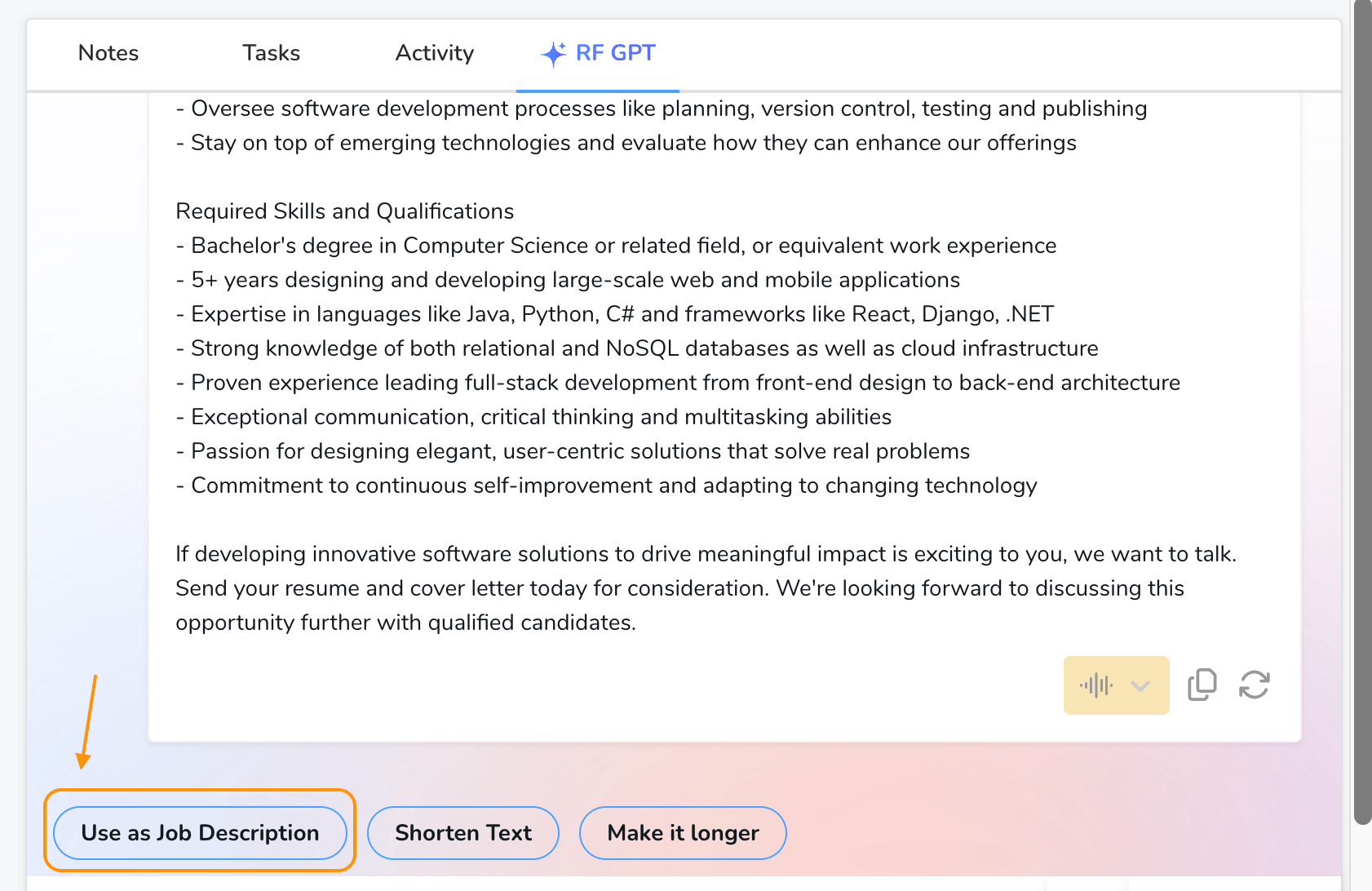
Screening and shortlisting
As the candidates start applying, their resumes and cover letters need to be screened and short-listed for further examination. The specific filters in place should depend on job responsibilities, seniority, and resources available to the hiring team.
Generally, this involves:
- Automatic parsing of resumes and cover letters via an ATS.
- Additional information on candidates’ professional backgrounds was collected from social media using no-code scraping tools.
- Automatic shortlisting of candidates based on predetermined metrics.
- Audio or video interviews for further data. These are conducted in stages with recruiters, hiring managers, and/or team members. Interviews can be structured, 1:1 interviews, or even collaborative interviews.
In 2025, you can try AI candidate-matching systems to find the perfect candidate instantly. Recruiterflow’s AI screening tool helps you find top candidates based on role requirements.
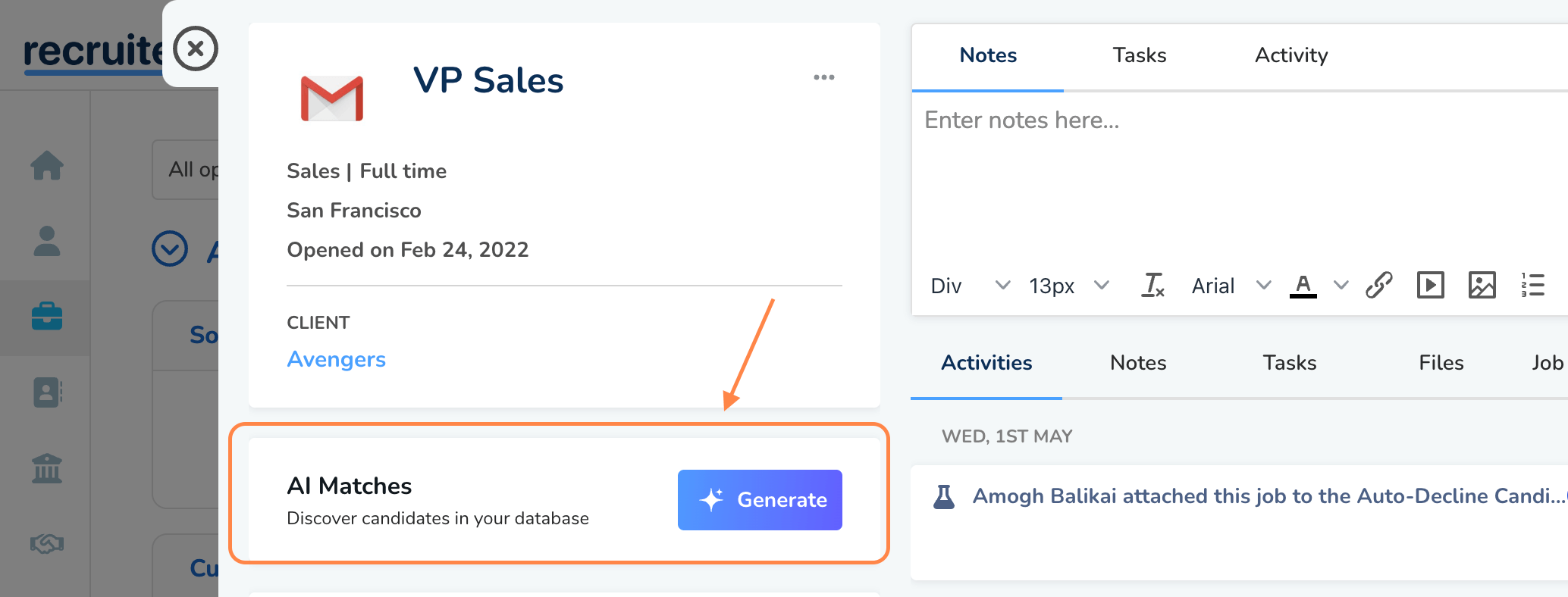
You can also rate candidates based on different criteria while interviewing them with Recruiterflow’s interview scorecards. These scorecards allow your team to include their feedback as well.
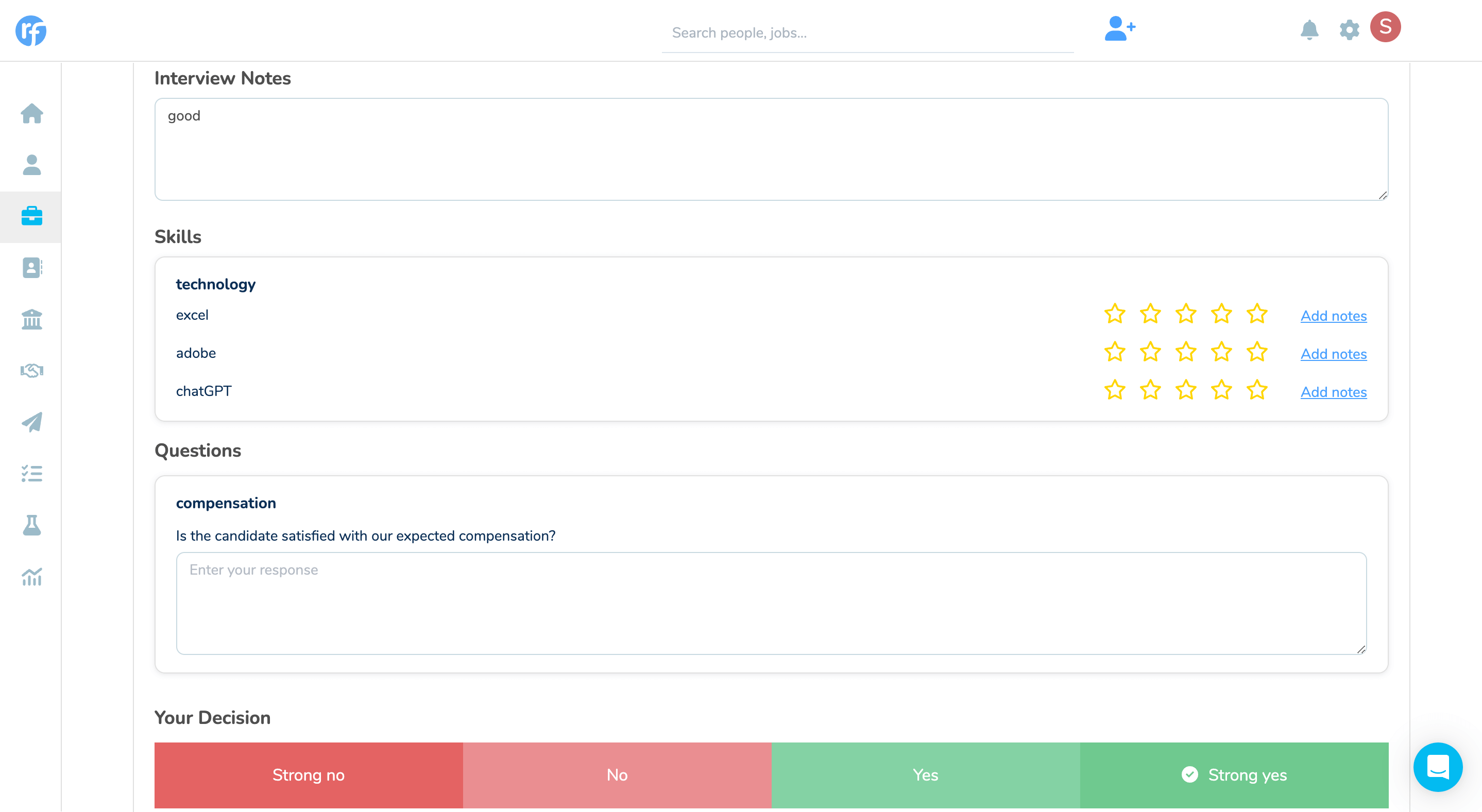
Skills Tests
Skills tests evaluate candidates’ technical and job-specific skills. It is one of the most effective ways to gauge an applicant’s hard and soft skills. It also goes a long way in reducing unconscious or conscious bias in hiring pipelines.
Common types of skills tests:
- Aptitude Tests: These tests measure the candidates’ reasoning and problem-solving abilities.
- Soft Skills Tests: These tests assess soft skills, such as their ability to communicate and work with a team.
- Technical Tests: These tests gauge the technical skills needed for a role — coding, programming, writing, analysis, etc.
Skills tests can be used for different purposes throughout the hiring cycle. For example, high-level coding roles often require multiple skills tests as well as interviews. Entry-level writing tests, however, would probably have only a single assignment to narrow down the larger pool.
Cognitive Ability Tests
Cognitive ability tests evaluate an applicant’s problem-solving, reasoning, observation, adaptation, and learning capabilities. They look for flaws in intellectual agility, reasoning, attention to detail, memory, and innovation — all markers of future job success.
These tests measure:
- Logical reasoning: the ability to draw the right conclusions from raw data.
- Numerical reasoning: the ability to perform mathematical operations and interpret numerical data.
- Verbal reasoning: the ability to comprehend and critically analyze written information.
- Abstract reasoning: the ability to find patterns and connections between concepts, prototypes, and objects.
These tests are especially required for technical and analytical roles in high-pressure and complex professional cultures. Examples of these would be the Wonderlic Test and Raven’s Progressive Matrices.
Personality Tests
Personality tests evaluate the applicant’s traits and behaviors. These tests largely gauge how well (or not) the candidate will fit into the company and team culture for future job success.
Personality tests evaluate:
- traits that make for better employment — openness, fairness, agreeableness, emotional regulation.
- traits that relate to better productivity, collaboration, and potential leadership qualities.
- traits that uncover the candidate’s points of motivation and creativity.
Personality tests are especially necessary for roles requiring leadership and consistent teamwork. They seek to find candidates whose natural abilities would lead them to excel in the job at hand.
Most often, personality tests are run after technical and cognitive assessments. Examples of these tests would be the MBTI (Myers-Briggs Type Indicator) and the Big Five Personality Test.
Situational Judgment Tests (SJTs)
Situational judgment tests judge applicants’ problem-solving and critical-thinking skills in hypothetical professional situations. These tests reveal how the applicant might respond when dealing with high-pressure, conflict-ridden, or exceptionally complex events at work.
Candidates have to study and respond to one or more relevant scenarios. Their ability to make the best and most profitable decisions is the metric for pass/fail.
SJTs often require candidates to resolve conflicts, manage tight deadlines, and make professionally ethical decisions when needed.
Examples of SJTs include the SHL Situational Judgment Test and the Korn Ferry Assessments. You can also consider ethics tests like the Reid Integrity Test and Employee Reliability Inventory (ERI).
Psychometric & Emotional Intelligence Tests
These tests consider and examine a range of cognitive abilities, personality, and behavioral traits. They also measure the candidate’s interpersonal skills, teamwork, self-awareness, and empathy.
A common emotional intelligence test is the MSCEIT (Mayer-Salovey-Caruso Emotional Intelligence Test). The Predictive Index (PI) and the Hogan Personality Inventory are also common psychometric tests.
Job Simulations and Work Samples
These are practical exercises to gauge the candidate’s wherewithal to perform tasks in their day-to-day job. Interviewers/evaluators assign job-specific exercises to study applicants’ skills and role-readiness in a real-world professional setup.
Common examples of these exercises include:
- Delivering a mock proposal or product-based presentation for a marketing or product management role.
- Writing code for fixing bugs for a software quality assurance role.
- Interacting with a mock customer to solve their problem or make a sale.
These tests ensure that the candidate can “walk the talk” — deliver the technical skills, creativity, and expertise they promised in their resume and/or application. It reduces hiring bias and shifts the focus on hiring based on the ability to perform.
Background checks
If a candidate passes all tests and assessments, recruiters and employers have likely gathered enough information to decide their value to the company. If the candidate is a frontrunner, it’s time to perform background checks.
These checks ensure that the candidate is truthful about everything they mentioned on their resume and in interviews. The nature of these checks depends on company policy, industry regulations, security concerns, and other protocols governing the employers’ interests.
Common examples of background checks include:
- Reference checks with past employers.
- Checks for criminal records.
- Checks for security clearance.
- Checks to verify education qualifications.
- Checks to verify previous work experience.
Legal eligibility checks
Depending on the eligibility and legal qualifications mandated by the employers’ government/industry, a set of eligibility checks have to be completed before rolling out the final offer.
Ensure that the candidate knows about these checks early in the process. Common examples of these include VISA applications, drug tests, credit checks, or any incidentals that prevent the company from legally hiring said candidate.
Top Candidate Assessment Tools in 2025
Candidate assessments can only be conducted with specialized tools expressly built for this purpose. Most seasoned recruiters will tell you that the right tool introduces efficiency and accuracy into the hiring pipeline while reducing effort, resource usage, and bias.
Recruiterflow
Recruiterflow stands out because of its numerous integrations with tools designed specifically to enable robust candidate assessments.
Here’s how these integrations help recruiters conduct assessments:
1. Jobma Integration for Video Interviews and Assessments
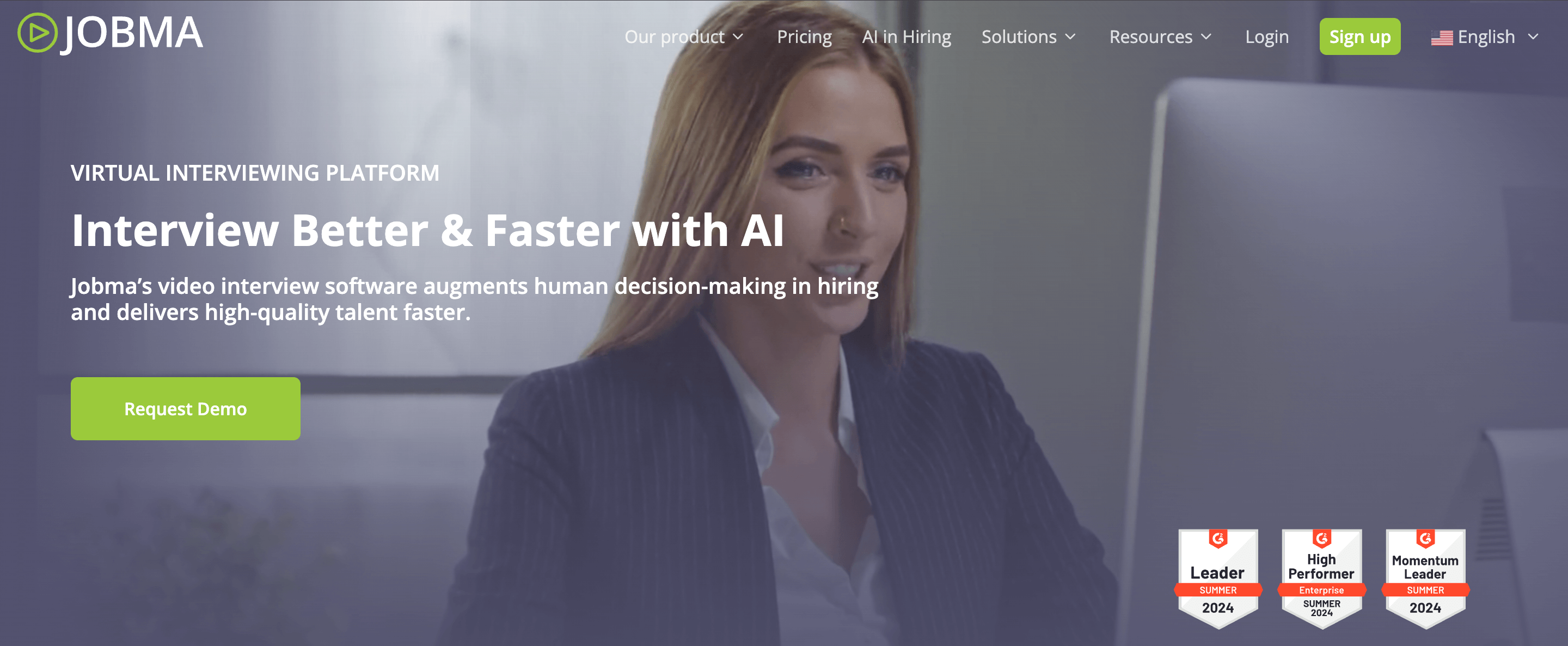
Recruiterflow’s integration with Jobma helps recruiters invite candidates to video interviews directly from the dashboard. Candidates can record one-way video responses at their convenience. This reduces scheduling conflicts and expedites the screening process.
Also, Jobma’s AI-powered scoring lets you evaluate candidates’ responses and overall performance. The results are automatically attached to the candidate’s profile to give you clear, unbiased insights into each candidate’s potential.
2. Testlify Integration for Skill and Behavioral Assessments
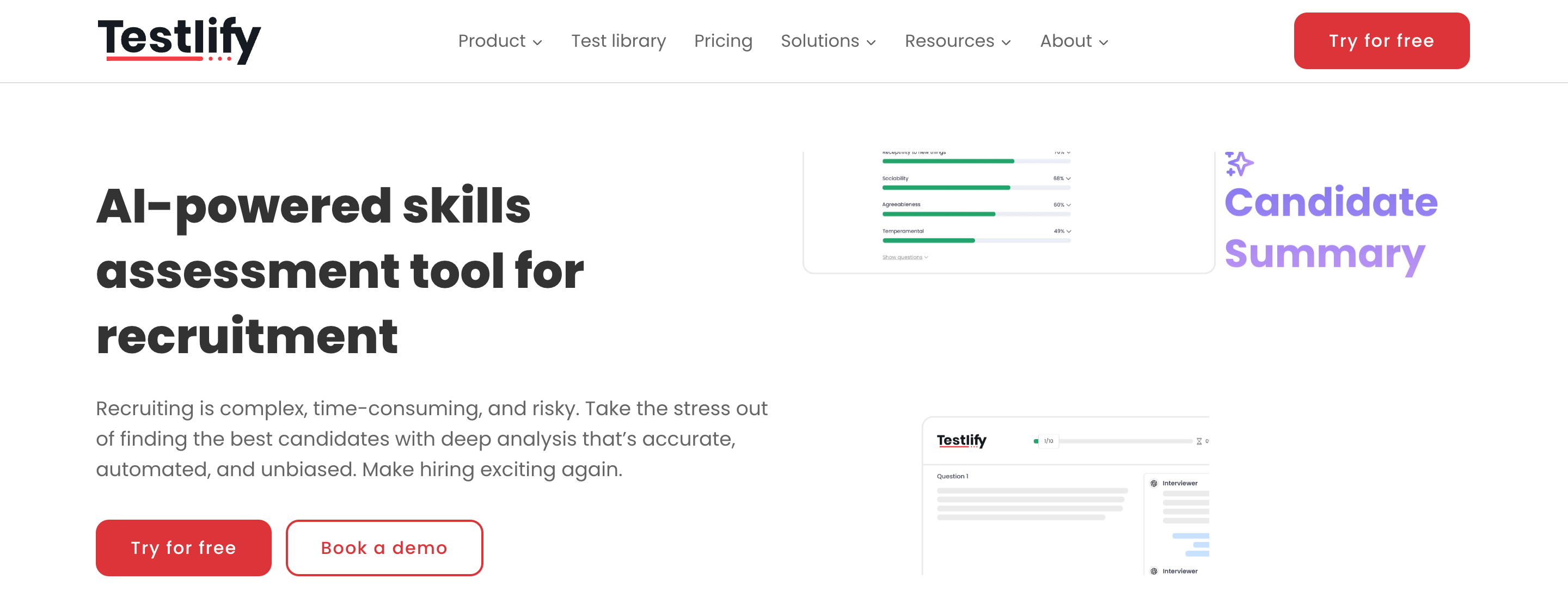
With Testlify, recruiters can map specific assessments to candidate stages using tags (e.g., “Testlify:On-site Interview:Backend Developer”). When a candidate reaches the designated stage, they automatically receive an invitation to complete the relevant test.
After candidates complete the assessments, Testlify updates the candidate profile with detailed reports and scores. This integration makes it easier for recruiters to compare candidate capabilities and make data-driven decisions.
3. Zapier/API Integrations for Custom Workflows
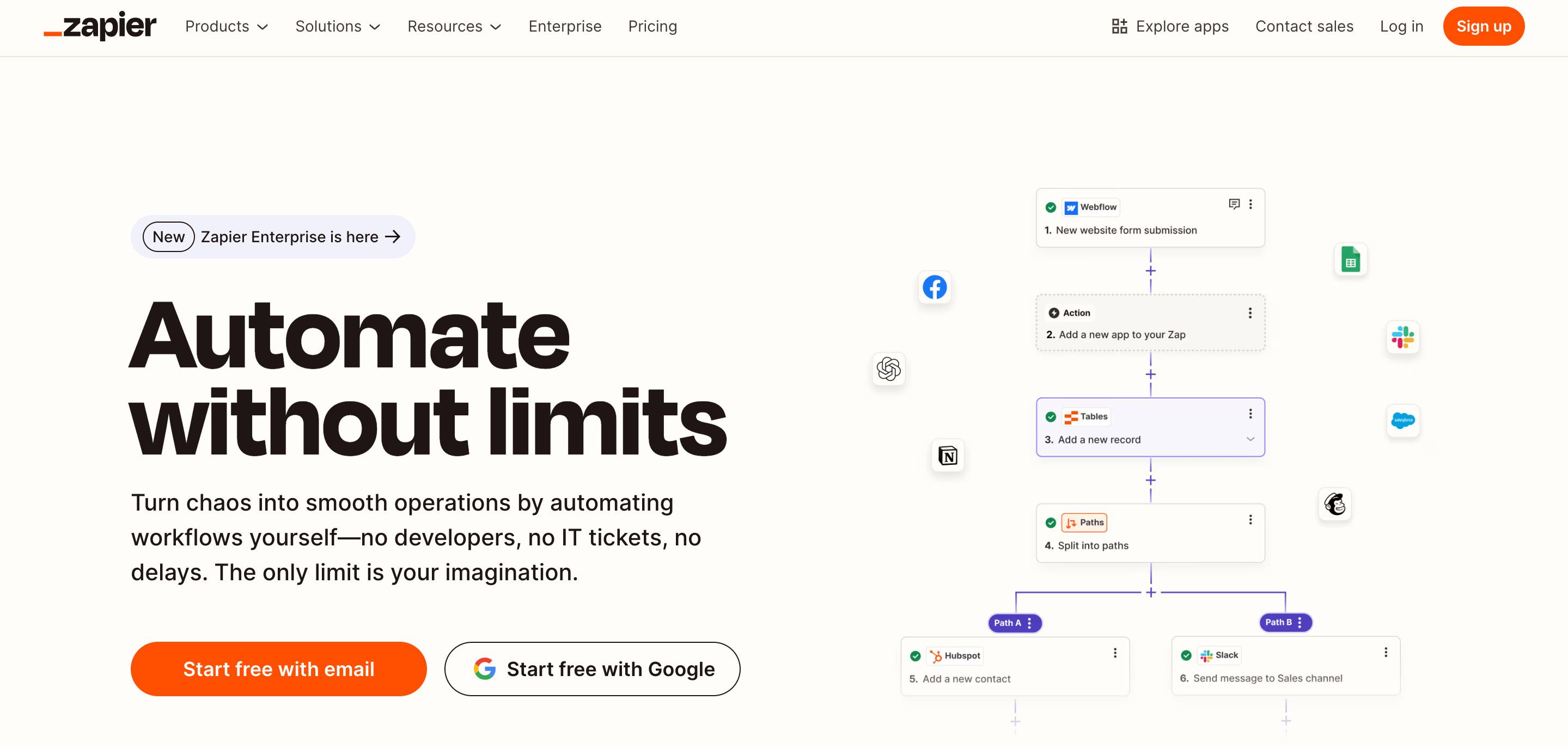
By leveraging Zapier or direct API integrations, you can automate the entire testing workflow—from triggering assessments based on candidate data to syncing results with other systems—without switching between platforms.
These integrations allow for the creation of bespoke workflows tailored to a company’s specific hiring process. This ensures that every step—from assessment initiation to candidate follow-up—is both consistent and efficient.
Toggl Hire
Toggl Hire offers a comprehensive set of features and capabilities to assess candidates based on actual skills rather than resume credentials:
Essential Features:
- Allows usage of 180+ skills tests covering technical, non-technical roles, and even soft skills.
- Allows users to customize tests to ensure that the assignments match the role requirements.
- Integrates with popular ATSes like Greenhouse and Workable.
- Offers intuitive dashboards to track candidate progress through different states
- Establishes anti-cheating safeguards to ensure accurate and fair results.
- Uses template-based emails to send timely communication to candidates, improving their overall experience without much manual input.
- Easily scalable and equally useful if hiring for a single position or mass recruitment.
Codility
Codility is designed for technical hiring and candidate assessments, especially for software engineering and development roles. It enables employers to assess coding skills objects via online tests.
Often used by technical recruiters and engineering managers, the tool is useful at all stages — from initial screening to live technical interviews.
Essential Features:
- Provides a library of programming tests and challenges to gauge programming skills.
- Offers coding tasks across multiple skill levels, covering algorithms, data structures, system design, debugging, and code optimization.
- Enables recruiters and hiring managers to run live coding interviews.
- Implements pair programming environments where interviewers and applicants can collaborate in real time.
- Includes built-in video conferencing and a code playback feature.
- It offers AI-powered plagiarism detection to find any copied code.
- Supports 40+ programming languages for tests.
- Integrates seamlessly with major Applicant Tracking Systems (ATS) such as Greenhouse, Lever, and Workable.
- Offers detailed reports, including performance analytics, industry benchmark comparisons, and insight into problem-solving approaches.
TestGorilla
TestGorilla is a versatile, data-driven candidate assessment tool. It helps companies find top talent faster, reduce hiring bias, and streamline the recruitment pipeline.
Essential Features:
- Provides 3000+ validated tests to cover cognitive ability, programming, language proficiency, fitness with company culture, situation judgment, software skills, marketing, sales, and customer service.
- AI-driven assistance with test scoring and ranking of candidates.
- Allows candidates to record video responses to interview questions.
- Equipped with various anti-cheating measures like proctoring tools, anti-plagiarism checks, timed tests, and question randomization between candidates.
- Allows employers to customize the test pipeline by adding their logo, colors, and other branding elements.
- Integrated with multiple ATSes — Greenhouse, Workable, Lever, JazzHR, Recruitee, etc.
- Is mobile-friendly and amenable to remote hiring.
Read More: 25 Best Talent Assessment Tools for Recruiters
Best Practices for Implementing Candidate Assessment
An effective candidate assessment can only be performed with a tightly structured, fair, and efficient set of protocols. Consider the following best practices to get the most out of these processes.
- Identify the key skills, traits, and competencies needed for the role. Leave no room for vagueness.
- Use a combination of technical tests, assignments, samples, interviews, and personality assessments to study candidate fitness for job performance.
- Create standards to keep tests and scoring rubrics consistent.
- Ensure that all assessments comply with Equal Employment Opportunity (EEO) laws.
- Balance technology with human judgment — use technology for efficiency, but always include human oversight for nuance.
- Provide clear guidelines, timelines, and feedback to applicants.
- Ask the candidate for their feedback on the assessment flow.
- Protect candidate data in compliance with privacy regulations like GDPR and CCPA. You’ll need secure platforms to administer and store results, so set up a VPN for remote team members handling sensitive data.
Read More: 16 Types of Recruiting Tools to Kick Off Your Hiring
Learn How Recruiterflow Can Help You with Candidate Assessments & Manage All Your Recruitment Operations
As we saw above, Recruiterflow’s integrations with tools like Jobma, Testlify, and those available through Zapier or direct API connections transform the candidate assessment process into a streamlined, automated workflow.
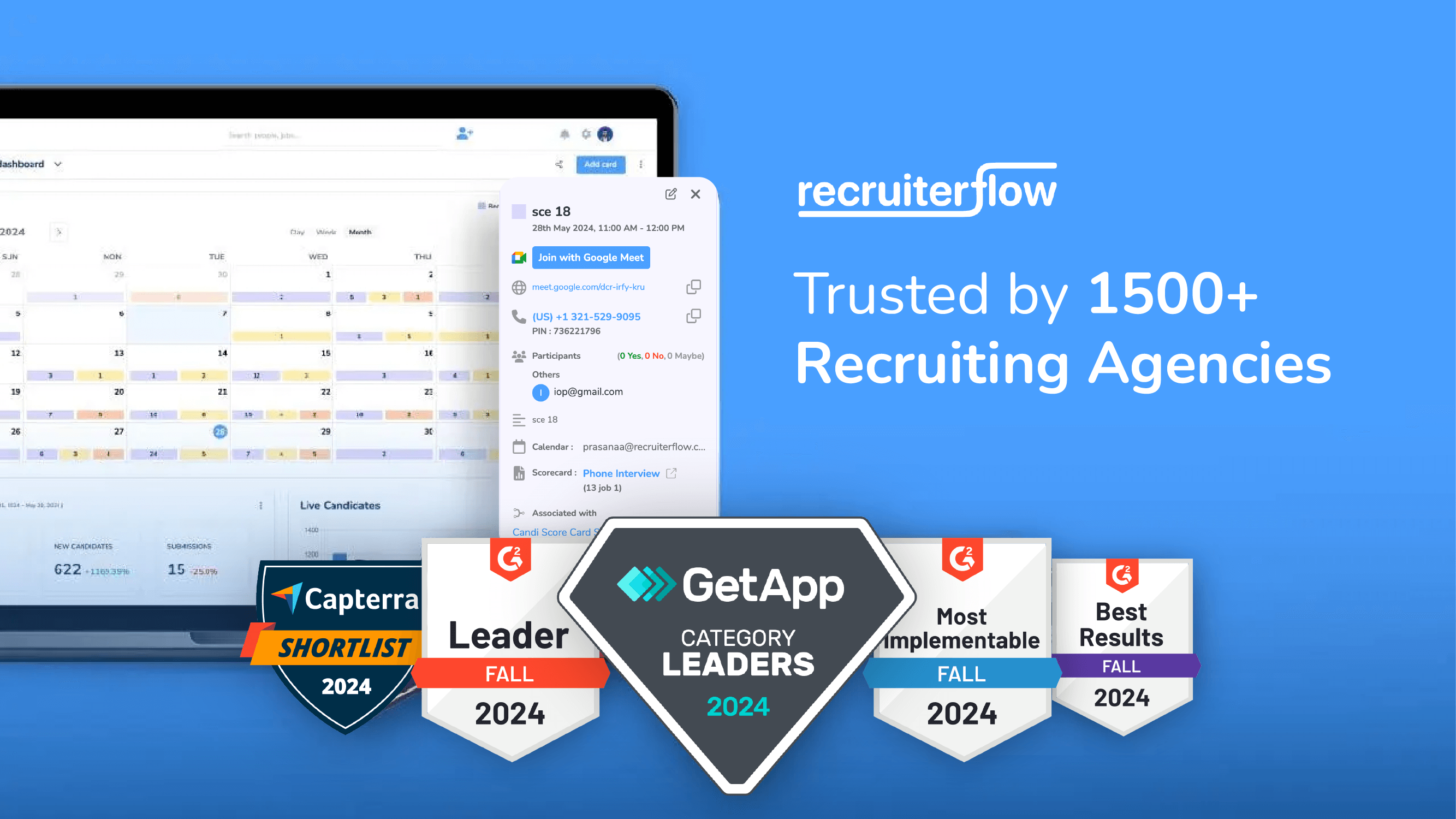
Plus, it helps your agency manage all your recruitment operations:
- Unified ATS & CRM
- Centralized candidate database
- No-code recruiting automation
- Automated, multi-channel outreach (Email, SMS, Call, & Socials)
- AI-first screening and sourcing tools
- Data enrichment capabilities
- Advanced reporting and analytics
- Open APIs and a host of integrations
Scott S., a Recruitment Specialist, reviewed us on G2Crowd:
“I’ve been using Recruiterflow, and it’s been a game-changer for streamlining my recruitment process. The automation tools for campaigns to candidates, LinkedIn, email integration, and customizable pipelines make managing candidates and clients so much easier. I love how it cuts down on manual work, letting me focus on building relationships instead of chasing admin tasks.”
See it in action now: Book a free demo
Recruitment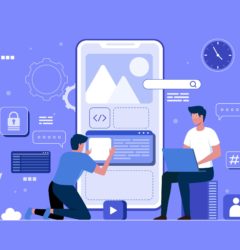

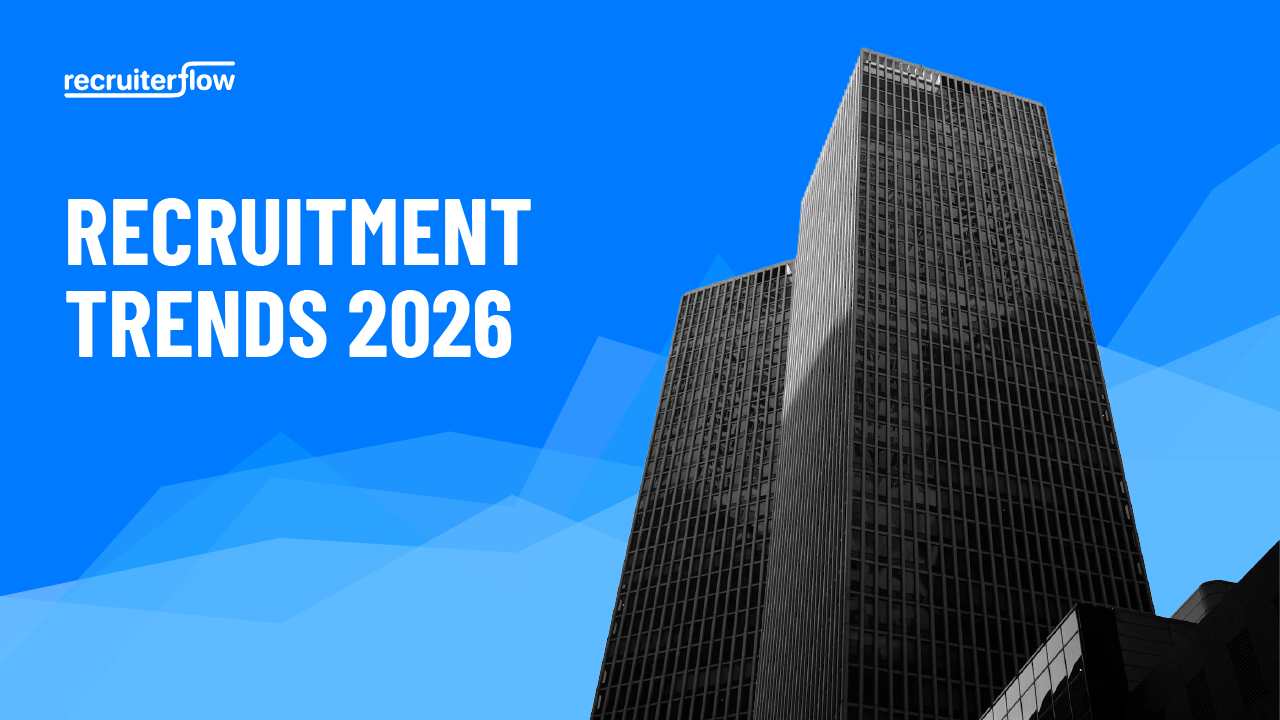
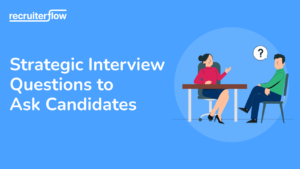

Pragadeesh Natarajan